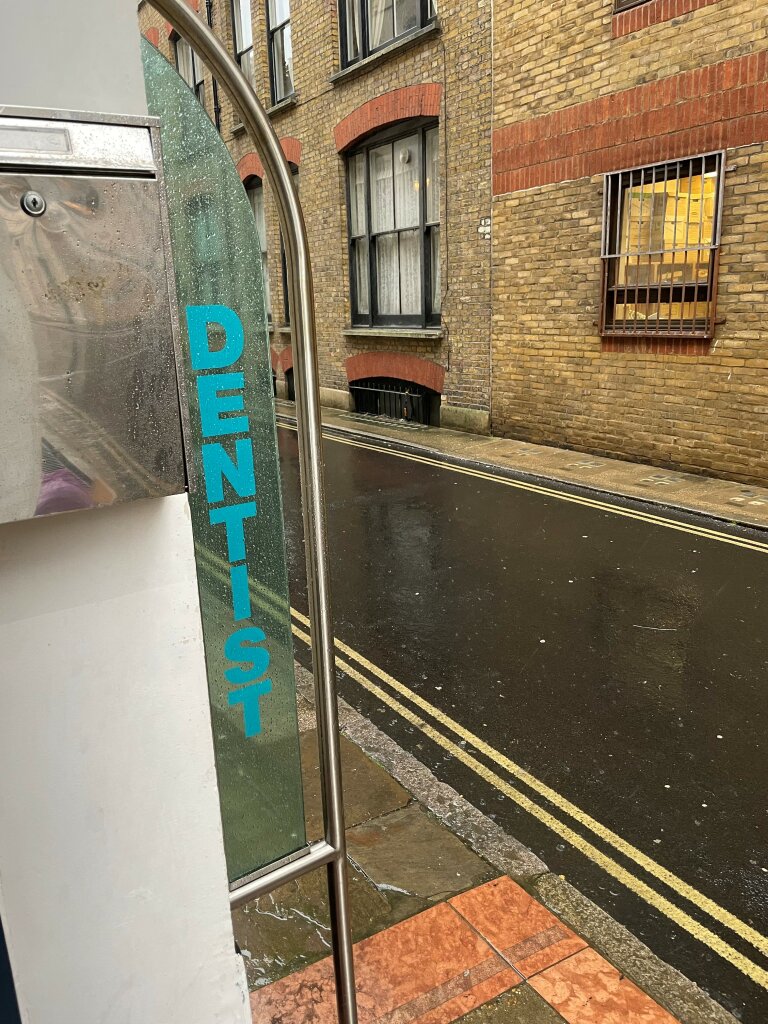When a company can not fulfill its liabilities as and when they fall due, that business is considered to be insolvent. This does not indicate the end of the roadway for that company entity. Instead, through the process of company insolvency administration (CIA), an insolvent business can continue to trade, pay its lenders in truthful installments in time, and keep business running as usual.
Simply put, the administration procedure is designed to provide time for a company to restructure and once again end up being profitable, or where this is not possible for it to be sold or to be wound up and liquidated.
In all cases, the business administrator must be a registered insolvency professional
What are the Purpose and Process of Company Insolvency Administration?
The fundamental purpose of CIA is to make sure that all creditors are able to recover the cash they are owed. This is done by appointing an administrator who has the power to sell the business, sell any stock or to take the company down a CVA (Company Voluntary Arrangement).
One method an administrator can save a business is to negotiate a payment plan with the company’s financial institutions that permits them to get, over time, as much of their cash as possible, maybe by means of a CVA as pointed out above.
In other circumstances the administrator will likewise try to maximize the return on the company’s properties in order to repay its debts, this either being through its sale or the sale of its stock.
In short, the administration procedure is designed to supply time for a company to restructure and once again end up being successful, or where this is not possible for it to be sold or to be ended up and liquidated.
Conditions for Commencing Company Insolvency Administration
Prior to the procedure can begin, the business needs to fulfill two basic criteria:-.
The business must be considered as being insolvent, whilst also being able to accomplish a particular statutory purpose as laid down by existing insolvency legislation.
And.
There must be significant creditor pressure, which suggests in effect that the act of entering into administration is a method to prevent required liquidation.
For more information please see company voluntary arrangements
Company Continues to Operate During Company Insolvency Administration.
The company continues to operate during CIA. Its property, rights and responsibilities are not affected. The administrator supervises of managing the business’s assets during CIA. The administrator is also responsible for handling the business’s employees.
In short, the capabilities of the company’s directors are seriously reduced as they can not exercise any management powers unless they have been allowed by the Administrator.
Note, if the business exits the administration procedure, all powers are restored to the directors.
Objectives of Company Insolvency Administration.
The administrator is responsible for safeguarding the business’s properties during CIA. This includes taking suitable steps to prevent the business’s possessions from being misused or destroyed. The administrator must take over the business’s possessions and handle them as if they were his own. The administrator should be ready to surrender the business’s properties to its financial institutions as soon as the business’s insolvency terminates. The administrator is likewise responsible for collecting info about the business’s assets and liabilities. He is likewise responsible for negotiating a payment strategy with the business’s financial institutions. The administrator is likewise responsible for finding a method to maximize the return on the company’s assets so that the company’s financial institutions can be paid as much as possible.
Company Continuation During Company Insolvency Administration.
The reality that a company has actually entered CIA does not imply that the company has ceased to exist. Instead, the business continues to exist and continues to be accountable for any financial obligations and commitments that it has incurred. The business’s property is not impacted by CIA. The administrator does not become the owner of the business’s possessions. Instead, he takes over the company’s properties without becoming their owner. The company is still liable for any responsibilities and debts that it has sustained. This consists of any taxes or social security contributions that the company has actually failed to pay. The company’s name is still legitimate. The administrator does not can change the business’s name.
For more information please see antonybatty.com
The Role of the Court-appointed Administrator in CIA.
The administrator is usually selected by a Commercial Court. This court determines that the business is insolvent and gets in CIA. The administrator is accountable for managing the company’s possessions and working out a payment plan with the business’s financial institutions. The administrator has the powers of a legal agent. He can make decisions and act on behalf of the company. The administrator is the agent of the financial institutions when negotiating the payment strategy with the business’s financial institutions. The administrator can also participate in a contract with a third party for the advantage of the lenders.
Conclusion.
The function of the company insolvency administration process is to keep the business in service and keep its properties, with the goal of taking full advantage of the return on the company’s properties so that financial institutions can be paid as much as possible. While the company remains in CIA, the administrator is accountable for handling the company’s possessions and managing the business’s workers. The administrator is also responsible for attempting to sell the business, working out a payment plan with the business’s financial institutions, and handling the company’s possessions, with the goal of increasing the return on the company’s properties so that the business’s financial institutions can be paid as much as possible.
For more information please see antonybatty
